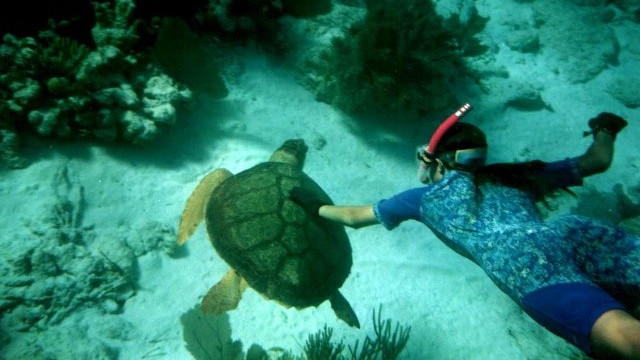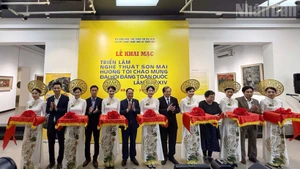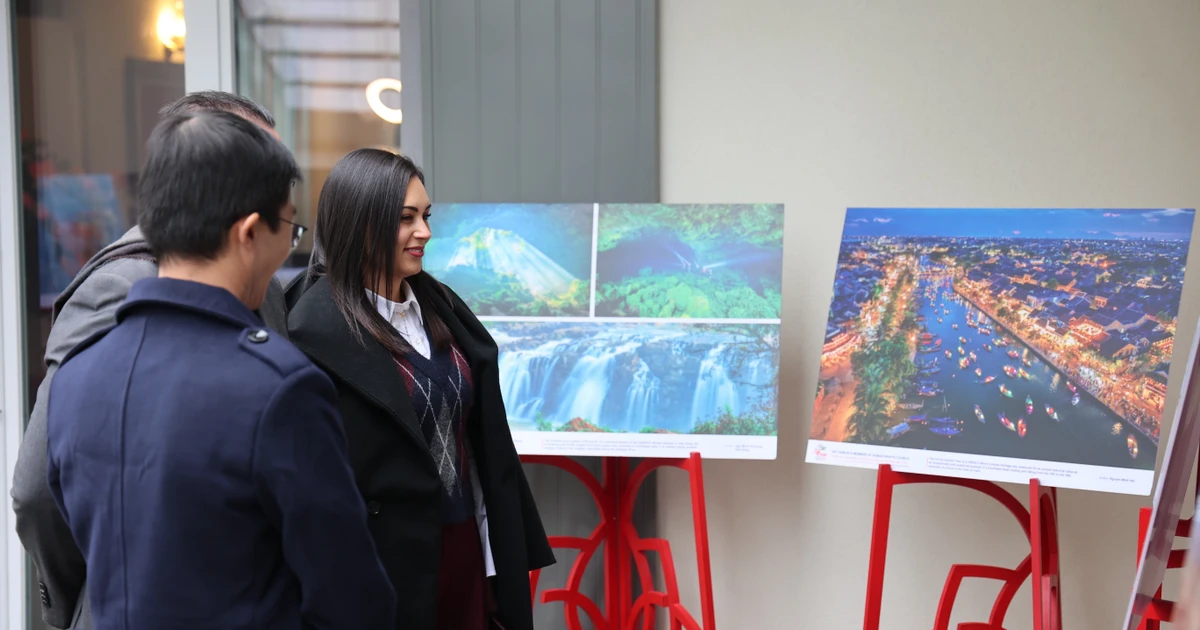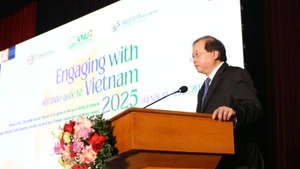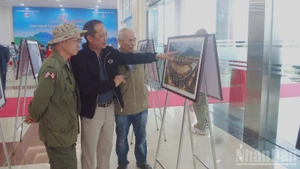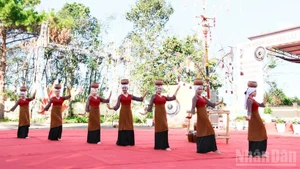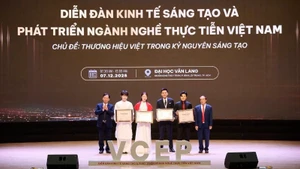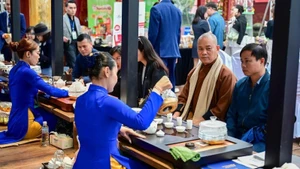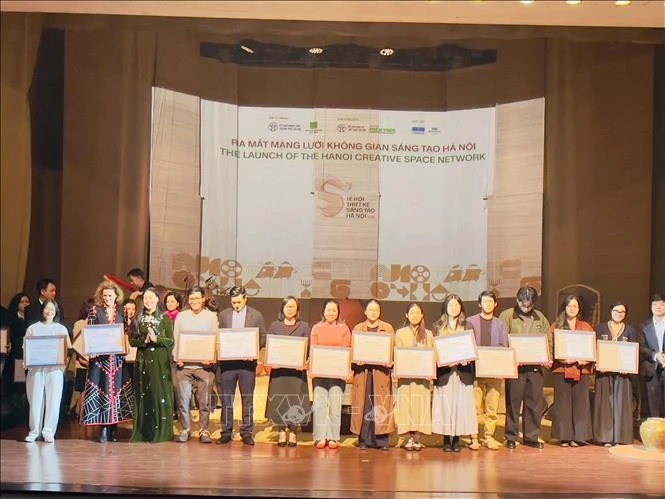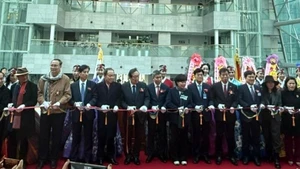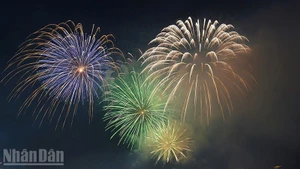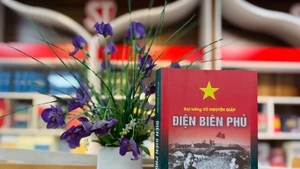Raising public awareness of preserving and promoting Hoi An heritage
Over the last 15 years, the most heartening change has been the entire community’s growing awareness, said director of Hoi An Centre of Heritage Conservation and Management Nguyen Chi Trung.
All people in Hoi An, from officials and civil servants to citizens, as well as all branches and levels of local government, associations, unions and organisations acknowledge their responsibility in preserving and promoting natural and cultural heritages to develop the tourism industry, benefiting the whole community.
Since 1999, the city’s government and all households have invested VND104 billion (US$4.87 million) to repair and upgrade the rural and urban landscapes and relics to make them cleaner, and more beautiful.
The city has also raised VND12 billion (US$562,000) to renovate more than 100 private relics. Thanks to the successful implementation of a project on the emergency renovation of relics in danger of collapse in Hoi An’s Old Quarter, launched in 2005, nearly 100 relics and architectural features of the Old Quarter have recovered from the risk of collapse.
The city has also researched and published nearly 30 books on its history, archeology, traditional crafts and festivals as well as cuisine culture, customs and the beliefs of people.
To attract more visitors, a range of unique tourism features have been created including the old quarter’s evening pedestrian-only streets, along with numerous cultural exchanges with foreign countries such as Hong Kong (China), Italy, Thailand, Germany, Japan and the Republic of Korea.
It can be said that the great efforts of Hoi An’s government and people during the past years has been to spread and promote the image of the ancient city to the world.
Making tourism a key economic sector
The number of visitors to Hoi An has rapidly increased, from 160,000 in 1999 to over 1.5 million so far, according to the statistics of the city’s tourism sector.
All citizens, from the city’s centre to the surrounding villages, participate fully in all economic activities, especially in supporting services for tourism. The change has contributed to making tourism a key economic sector, accounting for more than 68% of the city’s gross domestic product (GDP).
As a result, the economic, social and spiritual life of the city’s people has been increasingly improved, with its per capita income raised from US$417 in 2000 to US$1,558 in 2013. The urban and rural areas are more spacious, greener, cleaner and more beautiful, creating motivation for the authorities to make Hoi An a city of ecology, culture and tourism.
Since being recognised as a World Heritage Site, Hoi An has increasingly asserted its tourism brand. Coming to the city, visitors can enjoy folk cultue and arts activities in unique spaces from the riverine old quarter to coastal eco-resorts and the Cu Lao Cham world natural biosphere reserve.
The activities are expected to make Hoi An more attractive and contribute significantly to the development of the city’s tourism and services, creating more financial resources for repairing and upgrading the city’s relics.
In addition to these positive changes, the locality still faces many challenges in preserving and promoting its heritage, including the risks caused by climate change, fire and pressure from population growth.
However, all levels of government, branches and citizens will look back on the past and continue to implement the goals of preserving and promoting this world cultural heritage in the coming time, said the director Nguyen Chi Trung.
